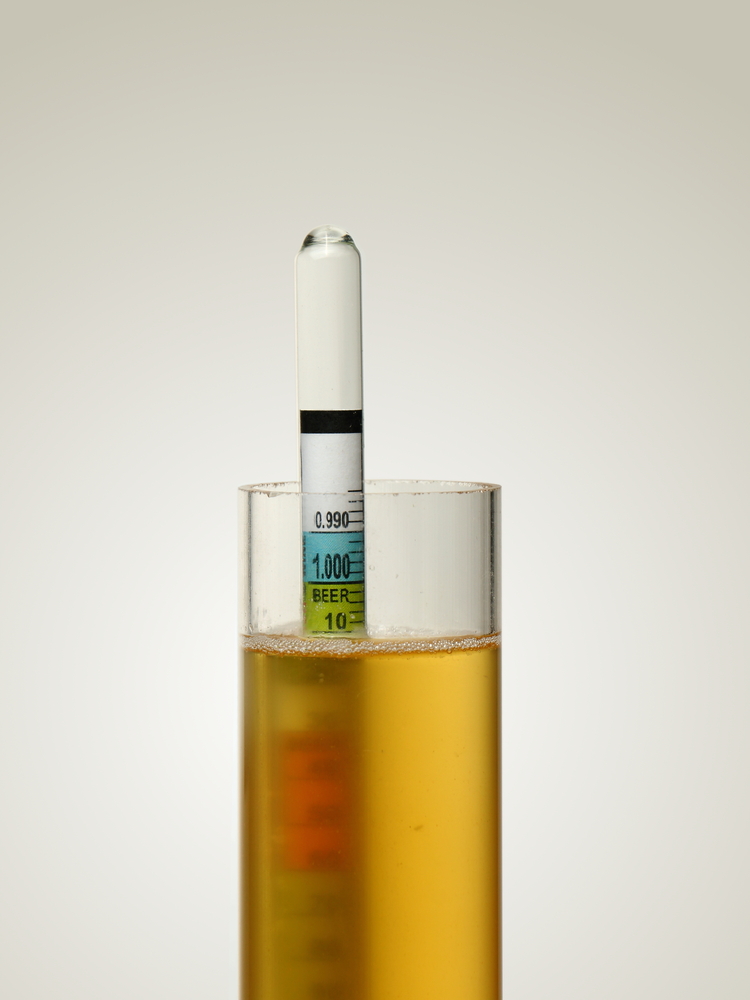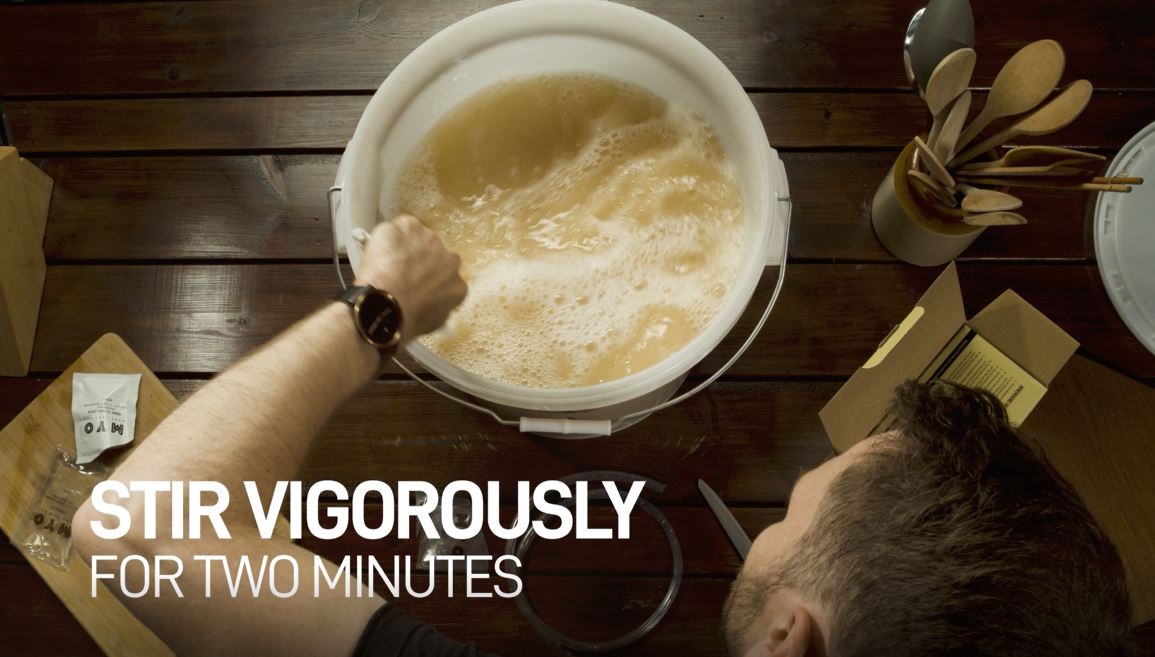Most common errors PT2
In Part 2 of our Most Common Errors to avoid when making your own wine, beer or cider, we cover some more of those annoying mistakes that can ruin the whole process! Luckily, they’re easy to avoid and we’ve explained how below.
|
3. A Finished Fermentation We’re often asked why we don’t sell equipment such as airlocks and hydrometers, which can indicate when fermentation has finished to let you know when you’re ready to bottle. The reason is simplicity and cost. With MYO we want to make things as easy as possible and remain cost effective, without compromising on quality, and so we adopted a tried and tested method of tasting your drink to know if fermentation has finished. Alcohol is made when sugars in the liquid are consumed by yeast and converted into CO2 and alcohol. Yeast will continue to consume sugars until there’s none left. The simple rule is, if there’s any sugar left i.e. the drink tastes at all sweet, then fermentation hasn’t finished. We also know that at the right temperature, and by knowing how much sugar there is to start with, fermentation will complete in the time indicated in our instructions. However, we also know the potential issues you can have with temperature control, meaning fermentation might take longer. This is why we say, if your drink tastes sweet at the end of the fermentation period, to leave it to ferment for a few more days – tasting each day until you’re sure it no longer tastes sweet. If you’re not sure it’s always best to leave it for a few more days until you are sure. There’s a few reasons why you want to make sure fermentation has finished. The taste of the finished drink, getting the right strength and possibly the most important when it comes to beer and cider making, is avoiding over-carbonating in your bottles. In winemaking this issue is avoided as the stabiliser stops the yeast from working before you bottle it. If you’ve ever opened one of your beers or ciders and it gushes over, makes a bit mess and you’re left with half your drink, it’s likely fermentation hadn’t finished before you bottled. So, make sure there’s definitely no sweetness left; be patient and wait that extra day if you’re not 100% sure. Of course, no one would blame you if you want to use additional equipment to make sure fermentation has finished. A hydrometer works through buoyancy and measures the ‘gravity’ of a liquid, which is basically the same as density. The more sugar in a liquid, the higher the reading on the hydrometer, and as the sugars are converted into alcohol and CO2, the reading comes down. When the reading is consistent for 48 hours, you know that fermentation has finished. You can get hydrometers online for relatively little cost – this one comes with a ‘Trial Jar’ to take a small sample of beer/wine/cider to then take the reading. |
 Hydrometer taking gravity reading Hydrometer taking gravity reading |
 |
4. Not Degassing Wine Properly Our fourth common error only applies to our wine kits. This is during the Clarification stage of the process, where you stir vigorously for 2 minutes, to get all the gas out of the wine. When stirring you’ll notice foam appears on the surface of the liquid – this is the gas created during fermentation (carbon dioxide) which didn’t escape and is suspended in the liquid. The reason you need to get rid of this gas is because it stops the wine clearing properly and you’ll be left with a cloudy wine. It also effects the taste – giving off a perceived acidity in the finished drink, as well as a slight fizz. As usual, there’s a few methods to get rid of this gas, but we recommend the agitation method i.e. stirring vigorously to agitate the gas, forcing it to rise to the top of the liquid to escape. This is one of the main errors we hear from MYO customers, probably because it doesn’t seem like an important step in winemaking. After all, you’re just stirring for 2 minutes without any obvious reason, however it’s one of the most important steps because if you get it wrong it’s very hard to rectify – you might even need to start all over again! How do you know when your wine is fully degassed? It’s difficult to say, but if you have thoroughly stirred the wine for the full 2 minutes, and you can physically see the gas coming to the top of the liquid, then you’re doing it right. You can try tasting the wine too – letting it sit on your tongue for a few moments – to check for a slight fizz; you’d be surprised how obvious it is when there’s still gas in there. |
So there’s a couple more errors to avoid which hopefully save you some time and stress. If you have any comments, please share them below. If you need any additional help, check out our FAQs or Contact Us pages.

